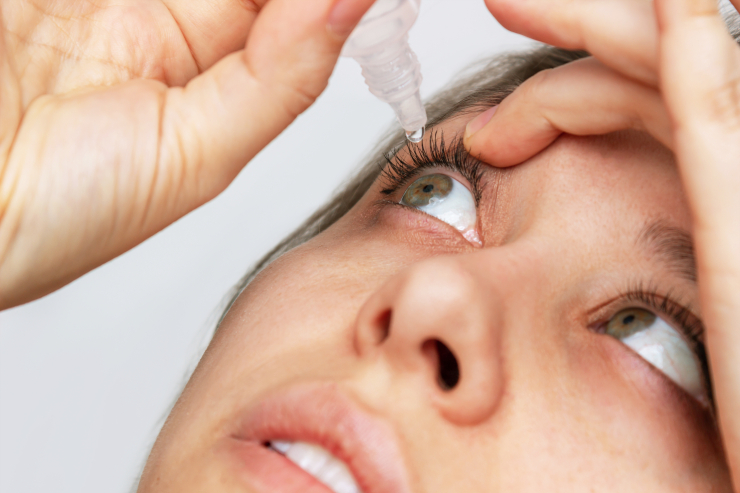
Keratitis occurs when the cornea becomes inflamed due to infection, injury, or other underlying conditions. The cornea is essential for focusing light and providing clear vision, so any inflammation or damage can significantly impact vision quality. Keratitis can affect one or both eyes and may vary in severity from mild to severe.
Infectious Keratitis:
Non-Infectious Keratitis:
The symptoms of keratitis can vary depending on the cause and severity. Common symptoms include: